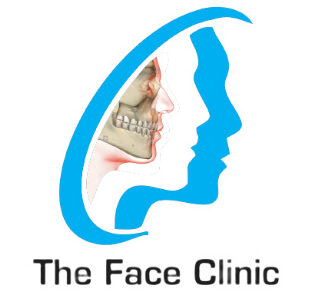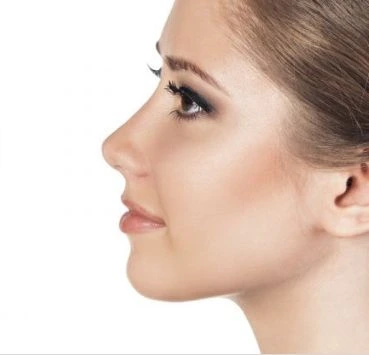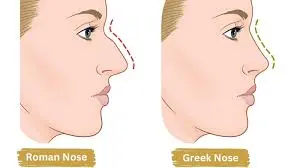In the realm of facial aesthetics, the Greek nose holds a distinctive allure, celebrated for its balance, symmetry, and historical significance. This article delves into the characteristics of the classic nose, its cultural legacy, and its relevance in modern perceptions of beauty, catering to both medical professionals and individuals interested in cosmetic enhancements.
Greek Nose : A Timeless Ideal in Facial Aesthetics
The Greek nose, also known as the straight or classic nose, is characterized by several key features that contribute to its timeless appeal among different types of noses:
- Straight Profile: One of the defining features of the Greek nose is its straight profile. From the root to the tip, the nose maintains a smooth, unbroken line, creating a sense of symmetry and proportionality.
- Narrow Bridge: Unlike noses with broader bridges, the Greek nose typically has a narrow bridge that complements its straight profile. This feature enhances the nose’s overall elegance and refinement.
- Subtle Outward Curve: At the tip, the Classic nose often exhibits a gentle outward curve. This slight curvature softens the nose’s appearance while maintaining its structural integrity.
Visual Analysis and Aesthetic Principles
Examining the straight nose from both frontal and profile perspectives provides insights into its aesthetic principles:
- Frontal View: The Greek nose appears symmetrical and balanced from the front, with a straight bridge and proportionate nostrils that contribute to facial harmony.
- Profile View: From the side, the straight profile of the straight nose is evident, complemented by a subtle outward curvature at the tip. This profile enhances facial aesthetics by maintaining natural contours.

Clinical Perspectives and Contemporary Relevance
In medical and cosmetic contexts, understanding the Greek nose is crucial for professionals involved in facial surgery and aesthetics:
- Rhinoplasty Considerations: Surgeons performing rhinoplasty often reference the Straight nose as a benchmark for achieving harmonious facial proportions. Techniques aim to refine nasal contours while respecting individual facial features and cultural preferences.
- Patient Preferences: Patients seeking rhinoplasty or cosmetic enhancements may express a desire for features reminiscent of the classic nose. Communication between doctors and patients is essential to align expectations with realistic outcomes.
Cultural and Historical Significance
The idealization of the Greek nose dates back to ancient civilizations, particularly in Greek and Roman art and mythology. Sculptors of the Classical period meticulously crafted statues with features, including the straight nose, that symbolized beauty, intellect, and divine grace.
This aesthetic ideal persisted through the Renaissance and continues to influence artistic representations and modern perceptions of facial beauty.
A Proud Feature
The enduring appeal of the classic nose lies not only in its aesthetic qualities but also in its cultural legacy and influence on perceptions of facial beauty. For medical professionals and individuals interested in facial aesthetics, understanding the characteristics and historical significance of the Straight nose provides valuable insights into the pursuit of natural, balanced facial proportions.
As beauty standards evolve, the Greek nose continues to exemplify timeless elegance and harmonious facial aesthetics, bridging ancient ideals with contemporary practices in cosmetic enhancement.







4 Comments
Comments are closed.